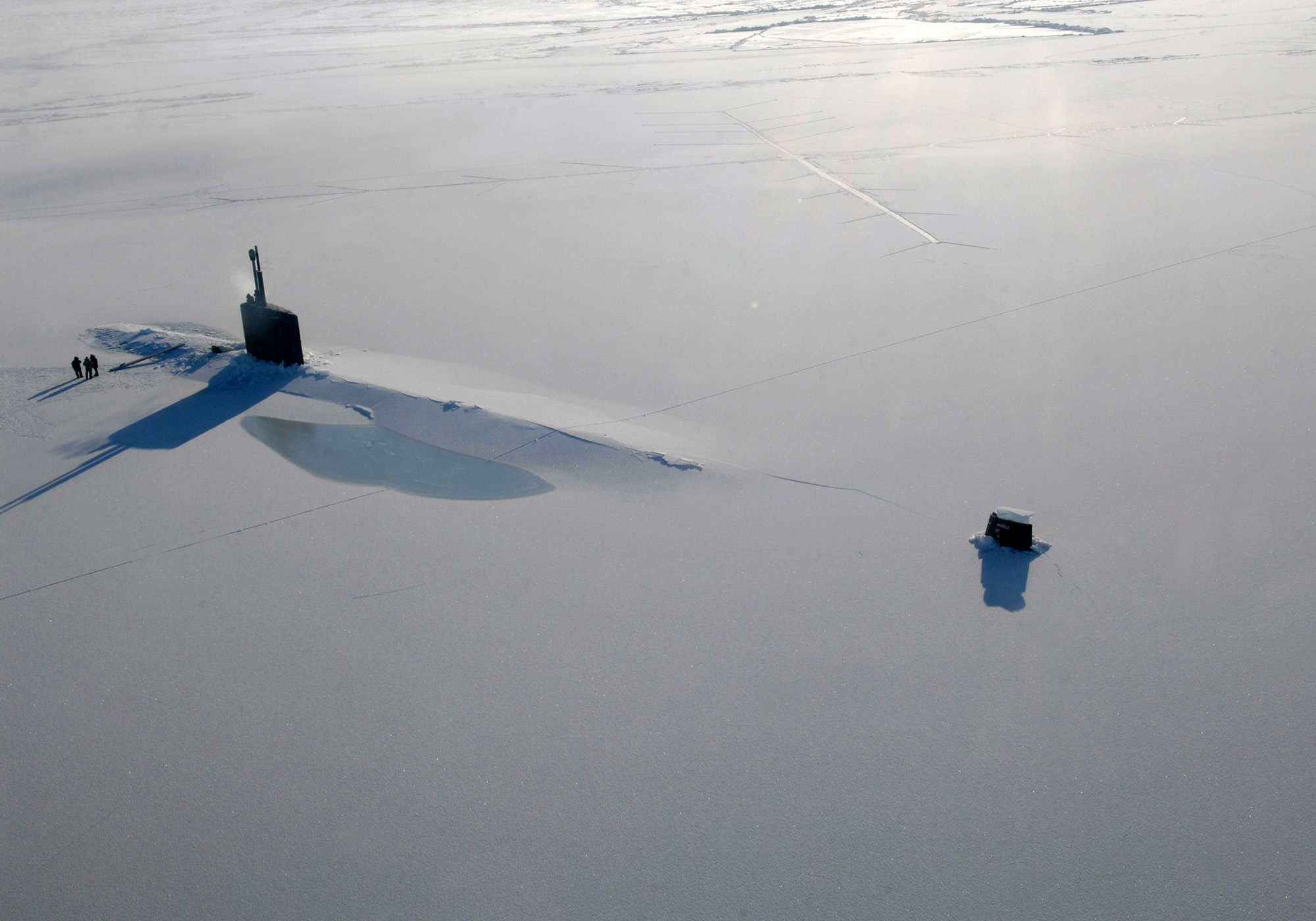This week the Federation of American Scientists (FAS) released the results of a year-long task force study on Naval Nuclear Propulsion. This task force included experts from the national security, nuclear engineering, nonproliferation and nuclear security fields, including BASIC’s executive director Paul Ingram. These experts examined effective ways to monitor and safeguard HEU and LEU in the naval sector, and considered alternatives to HEU for naval propulsion so as to improve nuclear security and nonproliferation.
The nine main findings from the concluding report include:
- The U.S. Navy and other nuclear navies have benefited from having nuclear-powered warships.
- Highly enriched uranium in naval nuclear propulsion poses proliferation and security risks.
- Low enriched uranium (LEU), a non-weapons usable material, fuels a number of naval reactors.
- Low enriched uranium poses implications for nonproliferation.
- Highly enriched uranium is still the greater danger because of the relative ease of use in an improvised nuclear device and its relative abundance in an HEU naval fuel cycle.
- Comprehensive nuclear safeguards agreements contain a loophole that allows a nonnuclear weapon state to remove nuclear material from safeguards for “non-proscribed” military uses such as naval propulsion.
- The U.S. Navy and the Naval Nuclear Propulsion Program (NNPP) have favored life-of-the-ship nuclear reactors to save costs.
- Research and development for advanced LEU or HEU fuel for the next generation of U.S. SSNs would need to start no later than fiscal year 2017 to be ready in time for the replacement class of the Virginia-class SSNs to start construction in 2032.
- Reviving nuclear arms control could allow for further reductions in the number of SSBNs and extend the U.S. stockpile of enriched uranium.
These are followed by five main recommendations from the task force:
- The U.S. Naval Nuclear Propulsion Program should try to develop a lifetime core for an LEU-fueled reactor for the generation of SSN following the Virginia-class SSN, and the Obama administration and Congress should provide adequate funding no later than fiscal year 2017 to begin the research and development.
- The Obama administration and Congress should ensure that the Naval Nuclear Propulsion Program has adequate funding and resources to address current and projected needed investments in the overall naval nuclear enterprise.
- The United States should announce at the 2016 Nuclear Security Summit that the Naval Nuclear Propulsion Program will be initiating research and development no later than fiscal year 2017 on an advanced LEU fuel system.
- At the 2016 Nuclear Security Summit, the United States and United Kingdom should declare their intention to move forward with an investigation of the feasibility of a transparency and safeguards system for their naval nuclear fuel cycles.
- The United States should urgently work with the International Atomic Energy Agency (IAEA) and partner nations such as Argentina, Brazil, Australia, and the United Kingdom to develop effective means of monitoring and safeguarding nuclear material in the naval sector.
Dr. Charles D. Ferguson, Chair of the Independent Task Force and President of FAS, has stated on the FAS website: “The United States should demonstrate leadership in working urgently to reduce the use in naval fuels of highly enriched uranium–that can power nuclear weapons–while addressing the national security needs of the nuclear navy to ensure that the navy can meet its performance requirements with lifetime reactors fueled with low enriched uranium.”
Click here to read the full report: Naval Nuclear Propulsion: Assessing the Benefits and Risks.
More information about the task force can be found on the FAS website.

